|
A great mid-century piece of furniture, which also happened to be quite an interesting speaker, the Mercuriale FC413 was designed and manufactured in very small quantities by no other than Audax, the famous French speaker drivers, particularly renowned for their tweeters, and their domes, still manufactured today in huge quantities for other giant Scandi-Chinese conglomerates... I was inspired to write this article because of an email i received recently all the way from Finland, from the Editor-in- Chief of a local, but far reaching Hifi Magazine Inner, Kari Nevalainen. His article walks you through the rebuild of a pair of these speakers by a local audiophile, and you can read it here in English. I have been given permission to use it here. I was by now hooked and intrigued and started to investigate what else I could find on the Web about them and I also talked to my good friend and cabinet maker extraordinaire Jean-Paul Guy of GUY HF fame, who towards the end of his career helped developed the amazing cabinetry of the Focal Grande Utopia. That how I found that these were made by Audax, and that he was not involved in the manufacturing. I also checked the website of Patrick Pennetier, probably one of the people with the best knowledge of vintage hifi from France and beyond at www.hifi-antique.com . He never had a pair to sell... Further usage of my favourite search engine led me to a review from Hifi Stereo in February 1978, confirming the period when these beauties were manufactured, and I found it on Cabasse forum in French, links below So for the benefits of my English speaking audience, I try to extract “la substantifique moelle” of the review: THE CABINET(S) Well it is the first striking element of these speakers! Six little cabinets house the 4 boomers , the tweeter and the crossover, more on these later. The separate enclosures are all linked by an aluminium tube which also forms the stand of the speakers. Although I couldn’t find the exact dimensions, it appears it would between 300-350mm wide, 400mm deep and 450-500mm high, without the stand. Interstingly enough, each bass driver is loaded by a double resonator as per Elipson, but the tweeter is not time aligned, although the crossover enclosure is recessed... THE DRIVERS The boomers are deemed to be HIF 15 from Audax obviously, but I can only find a data sheet for the HIF 13 on their legacy website. More likely HT170 or HT130, as they feature white cones in carbon fibre and rubber suspension. The tweeter would have been their best 25mm soft dome, still made today, the famous TW025. THE CROSSOVER A complex affair... Original and new built below THE MEASUREMENTS Overall, a pretty impressive set of measurements, extended frequency response, flat impedance curve and decent distortion levels over the Fs of the drivers which seems to be around 60Hz once loaded. You can see on the impedance curve how controlled that resonance is, due to the correct usage on the double resonator. The transient response is also very good even though the tweeter is not time aligned mechanically, it is clearly taken care of in the complex crossover. THE LISTENING TEST My recollection of these speakers date from the late 70s, early 80s at best, so I am not in a position to really give you a proper review. However, the lasting impression was of a decent performer. HIFI STEREO had obviously a proper listen and I will try to translate the main points of their critique here: Power handling: Amazing, due to the load being distributed among 4 drivers. Rated at 120watts Efficiency: Not stated, but 120W transfer into a 109dB sound pressure, so probably around 85dB/1W Bass response: Would probably require a subwoofer by today standards, see photo below. Midrange: Smooth, but probably not as analytical as a single driver speaker Treble: Audax shines there as always, extremely accurate, but as a result will show any defect from the source IN CONCLUSION
Definitely worth having if you can find a pair in good condition and you want to include them in a Mid-Century interior. Add a modern subwoofer for good measure and drive them with a very good amplifier like a Bryston or equivalent. In 1978, they would have cost 2 weeks of my generous salary as a Sales Engineer at Hewlett-Packard, a month of it at my previous joint, the obscure French Test & Measurement AOIP , now defunct. I am actually tempted to build a replica, using the drivers we currently fit into our Microphase Audio Design speakers. But that would be fairly M.A.D. , wouldn’t it be? Link in Navigation bar. ELIPSON | LA PERFECTION DU SONYou may recall my visit to Jullien Thaler and my story about his collection of Elipson speakers and paraphernalia, most probably the largest in existence. You might want to read it again here ... Jullien, whose nickname in his endeavours elipsonesques is Violet, had a website where a lot of this information was stored in a somehow erratic way, as he started that website way before any serious web builders were available... It was at risk of disappearing altogether... So he decided to start from scratch and six years and 667 pages later, he has now published the Elipson Bible with an enormous amount of new material, historical photos, reviews, schematics, patents, etc... I thought i knew a lot about Elipson, but in fact it’s about the same as my knowledge of Saint-Julien, that famous plot of land in the Bordeaux Right Bank, where I know only 14 Chateaux out of 48, and it’s even worse if you go about the whole Bordeaux region which has around 4800 wineries and I might know and drank less than 200 in half a century! So the comparison is very appropriate! I have chosen to show you this particular page, as this patent is what makes Elipson speakers sing...
For sure, the use of resonators, although seldom in speaker design, was not entirely new, but what Joseph Leon found out is that in order to tune the resonator properly, one need to adjust the Q factor of ditto resonator, in other words its bandwidth, hence the second opening... Monsieur Leon went on to patent time alignment which is important in getting the group delay just right, so the timbres of instruments and the slew rate of the music are reproduced correctly. The late Siegfried Linkwitz and fellow HP colleague Riley did some more research on how to achieve this in the crossover as well. So i won’t lose any longer on the subject matter and will entice you to read the Bible yourself! |
AuthorBorn in France, well travelled, relocated to Sydney in 1997. Archives
July 2023
Categories
All
|
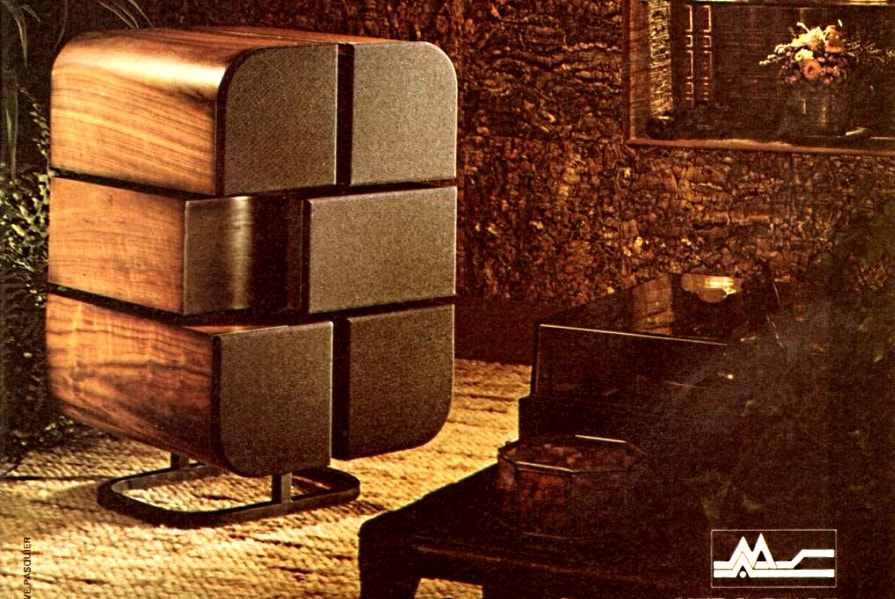
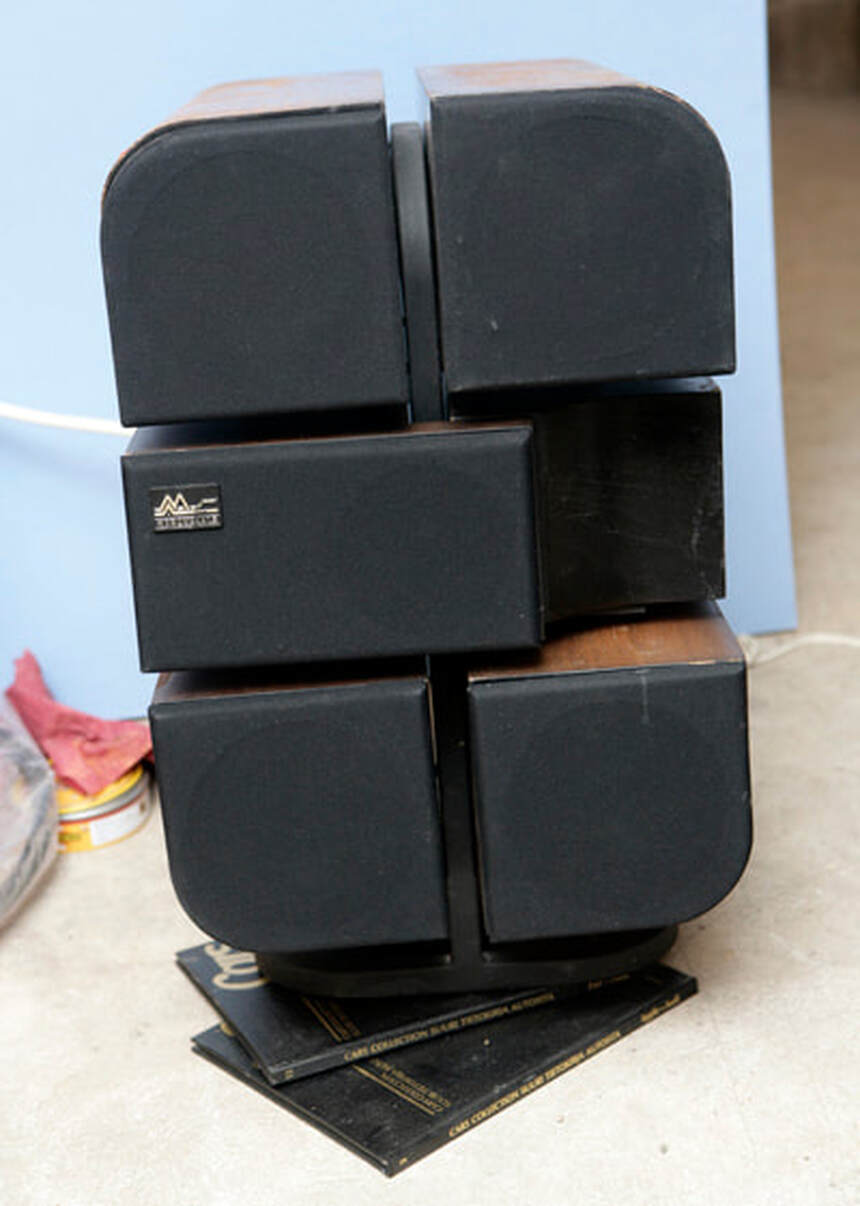
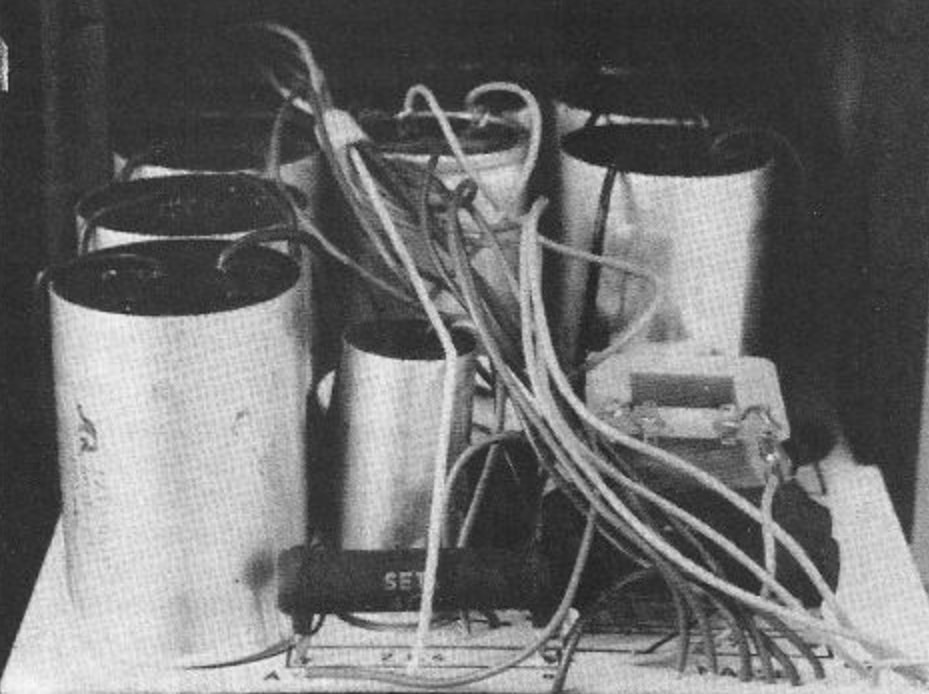
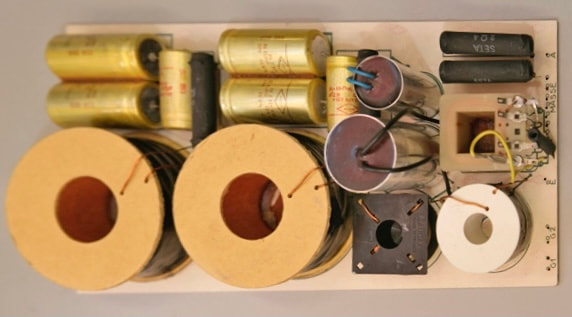
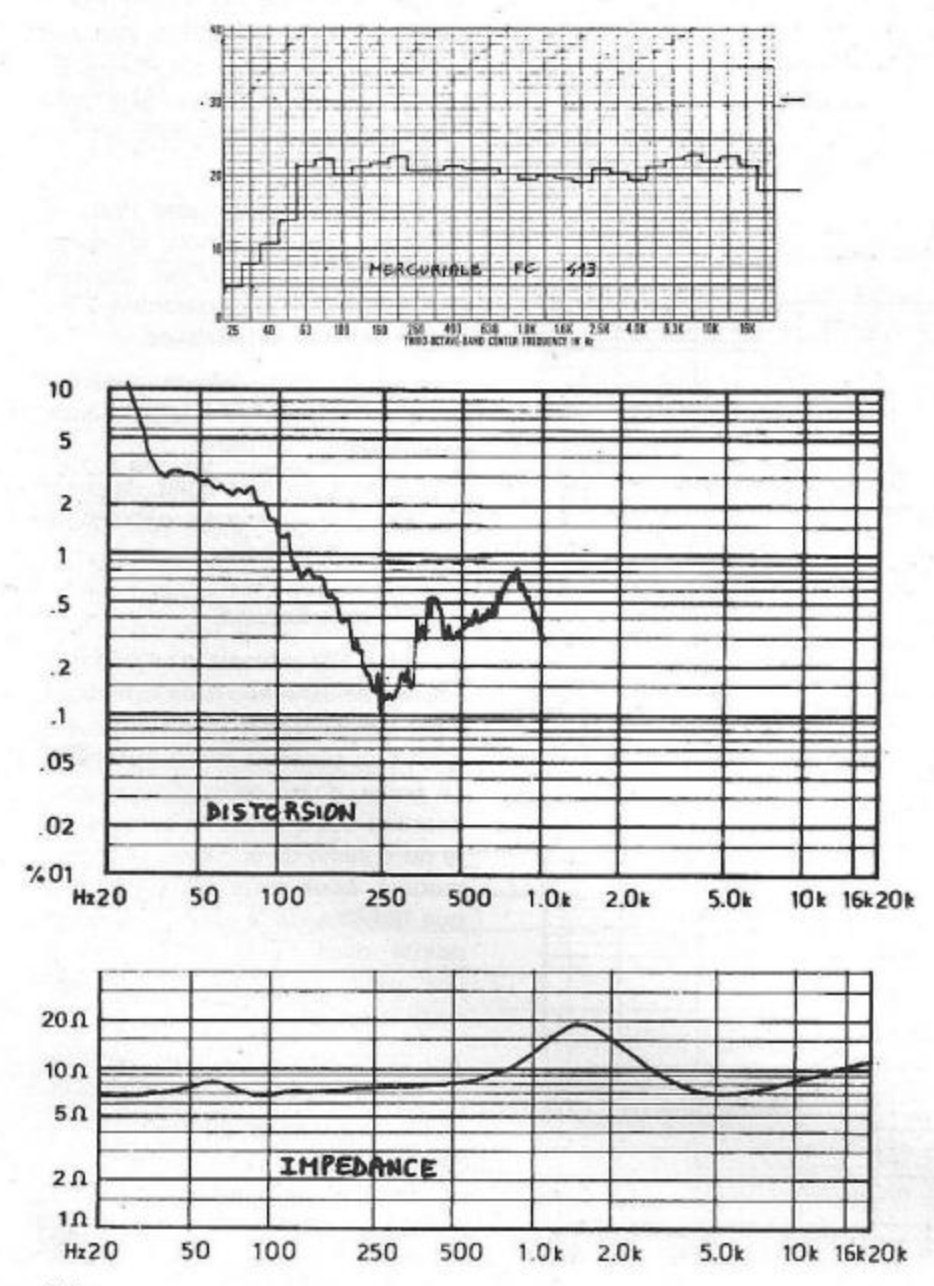
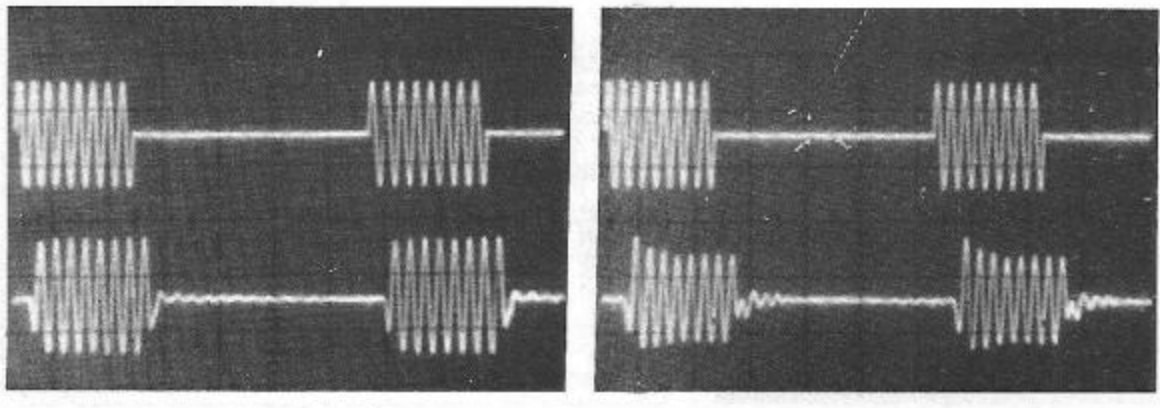
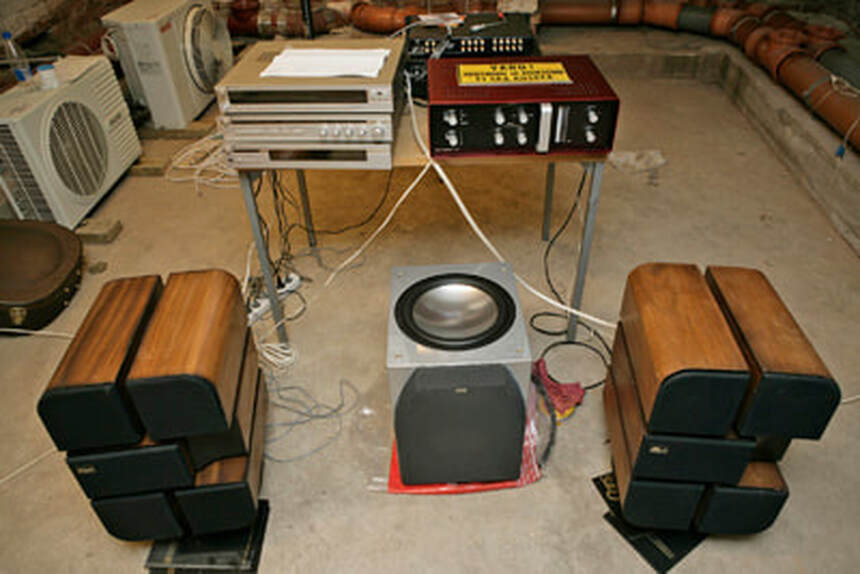
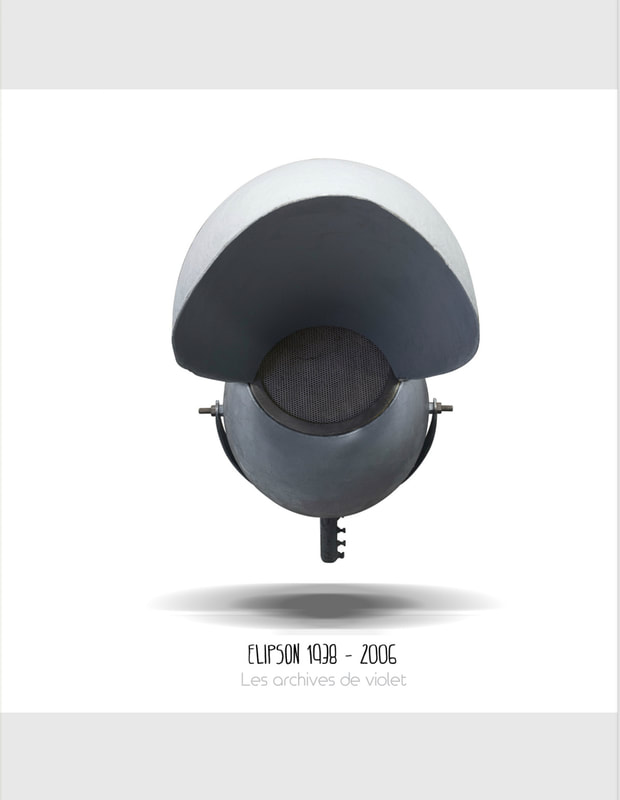
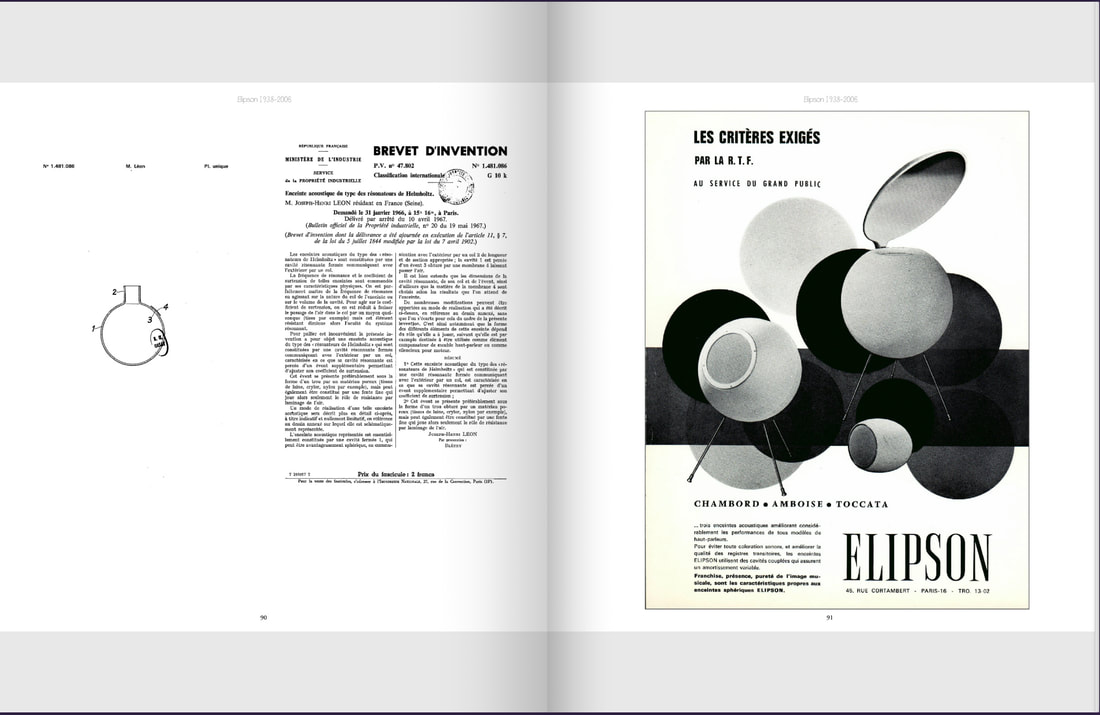

 RSS Feed
RSS Feed
